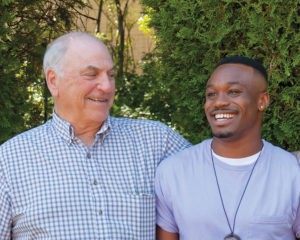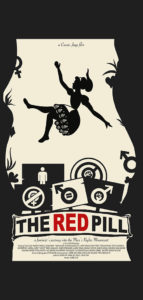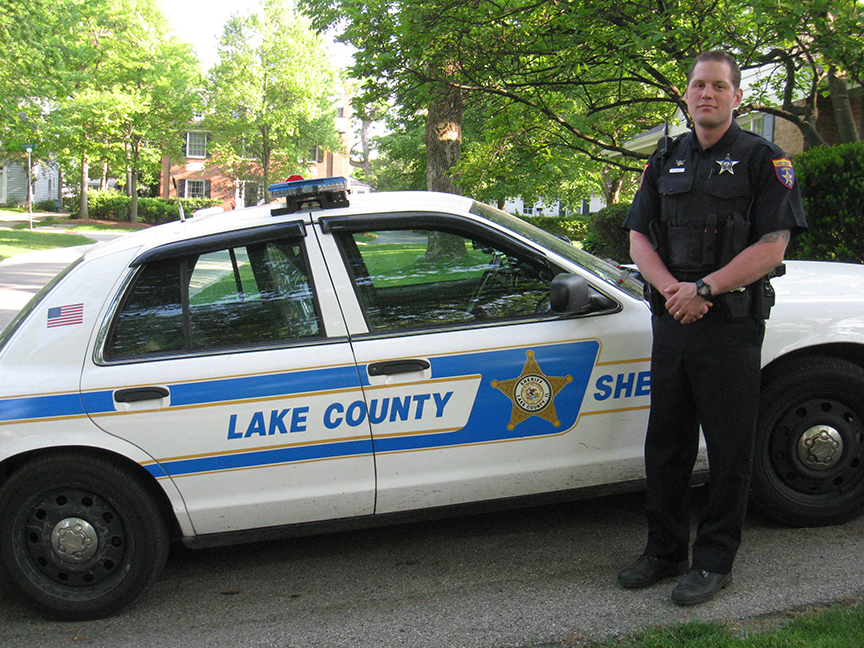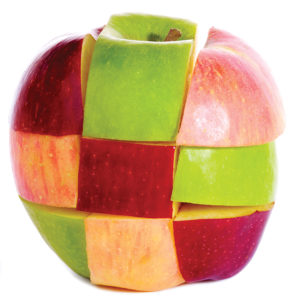Jewish or Hebrew music has a long, interesting history. It dates to the Torah (Jewish Bible) in biblical times which has many references to their music and instruments.
Although Jewish music has been around for centuries, Hebrew music is the traditional music of the ancestors of the northern Semitic peoples, mainly the Israelites. David is said to have established music in the “House of the Lord” around the time of the arrival of the Ark of the Covenant. 
In an anonymous article titled, Hebrew Music and Musical Instruments, the author states: “Some of the sons of Asaph, Henman and Jeduthum, were appointed for the ministry of prophesying, accompanied by harps, lyres and cymbals; and the leaders of the Levites appointed their brothers to sing joyful songs accompanied by musical instruments.”
Ancient instruments mentioned in the Bible are:
Percussion Instruments:
• Cymbals: Very much like our modern instruments. Many of the ancient cymbals were made of bronze.
• Sistrum: A rattle-like instrument in a “U” shape with a short handle that produces a tinkling sound.
• Timbrel: A framed drum with jingles played chiefly by women. It is akin to a tambourine.
• Tambourine: A shallow-framed drum with one or two heads with jingles played with bare hands. It is used in many forms of music including rock-and-roll.
Stringed Instruments:
• Harp or Kinnor: Kinnor is the Jewish name for the Harp. It is known as the Harp of King David and thought to be a native Jewish instrument.
• Psaltery: A plucked zither-like instrument known from very early times. It can be plucked with bare hands or a plectrum. It came in many shapes. It was first mentioned in the Bible with King Saul and was used in Hebrew music to accompany the voice.
• Sambuca: A rather large horizontal angular harp with a shrill sound used in Hebrew music.
• Lyre: A stringed instrument that looks similar to a small harp but has a very different sound. Most are plucked. It has a yoke and two arms with a crossbar. Invented in ancient Iraq.
Wind Instruments:
• Cornet: This instrument can be interpreted as a catch-all-name for a number of ancient instruments. Modern cornets are piston-valve cousins of today’s trumpets.
• Trumpet: A slender straight wind instrument used to announce certain events such as war, feasts and sacrificial rites. Silver trumpets were used by Moses to assemble the Hebrew people during their journey to the camps.
• Flute/Pipes: They are the ancient ancestor of modern-day flutes. In its simplest form it is a reed with holes at prescribed distances. The Hebrew name is Chalil or Helil. They were made from brass, boxwood, animal horn, bone or ivory.
• Shofar/Rams Horn: The ritual horn of the ancient and modern Hebrews. It is the only Hebrew instrument that has survived to modern times. It produces only two sounds of undefined pitch. It was used to sound the new year, on feast days and other events. The Shofar and other instruments were used when the Ark of the Covenant was brought to Jerusalem.
Klezmer Music:
Not being Jewish, Klezmer music was not part of my heritage growing up. I didn’t hear it or know anything about the rich background of this music. Jan, my wife, suggested that I write an article about Klezmer music, so I started to investigate and learn about this important musical aspect of Judaism.
Klezmer music, in modern times, is alive and well. This was not always the case some years ago. Years following World War II saw a downturn in Klezmer music and it was not supported whole-heartedly by the Jewish community. Popularity waned with the decline of massive immigration from Eastern Europe. Ironically the children of the early Klezmorim (plural) favored the musical culture of America as they embraced the music of American dance bands, classic music, the folk music of America and other ethnic music.
Klezmer music, briefly described, is secular Jewish music. It also refers to the musicians who play the music and to the instruments used. This music is characterized by lively, exuberant, upbeat rhythms but can also be soulful and serious. Often played at Jewish weddings it is also played at other Jewish and non-Jewish events.
Throughout its long history, Klezmer music and musicians assimilated some of the musical traditions and culture from other countries. Major influences came from Middle Eastern cultures and some of the main sources came from Russia, Romania, the Ukraine, and similar locales. From its beginning until now, Klezmer music has never completely adopted the music of the surrounding cultures. But, it has always kept its “Jewishness” in its traditions, values and beliefs.
The advent of the Yiddish (the secular language of Eastern European Jews) theatre, in the late 19th and early 20th centuries, Romania, had an important effect on the development and influence of Jewish music. “Recordings made between 1912 and 1940 for the Jewish public has been the major source material for the current revival of Klezmer music,” wrote, Carl Dimow in A Brief History of Klezmer Music.
Much of the revival of this Jewish music is the result of the research and dedication of Henry Sapoznik, the son of a European-born cantor. Sapoznik discovered vestiges of earlier European Klezmer music in New York’s YIVO Institute for Jewish Research. In 1979 he founded a Klezmer band called Kapelye. This band grew with Sapoznik’s father and others into Der YiddisherCaravan. It traveled across America performing Yiddish theatre songs, cantorial selections and Klezmer music. This prompted other groups to form and promote this genre of music.
The clarinet became the lead instrument in today’s Klezmer music, previously it was the violin. The typical Klezmer band also includes flute, drums, hammered dulcimer and brass instruments.
As a result of this resurgence of interest in this music in Europe and the United states, popularity in both continents continues at full-speed-ahead. Klezmer music appeals to a wide cross-section of the population for both Jews and non-Jews alike. To quote Dimow, “This music is now more popular than ever, being performed and taken in new directions by bands all over the world.” If you’ve never heard Klezmer music try it! You will probably like it and come back for more.
Please submit your questions and comments to banddirector01@comcast.net
Visit our website at www.danvilleband.org for up-to-date information about the Danville Community Band.










